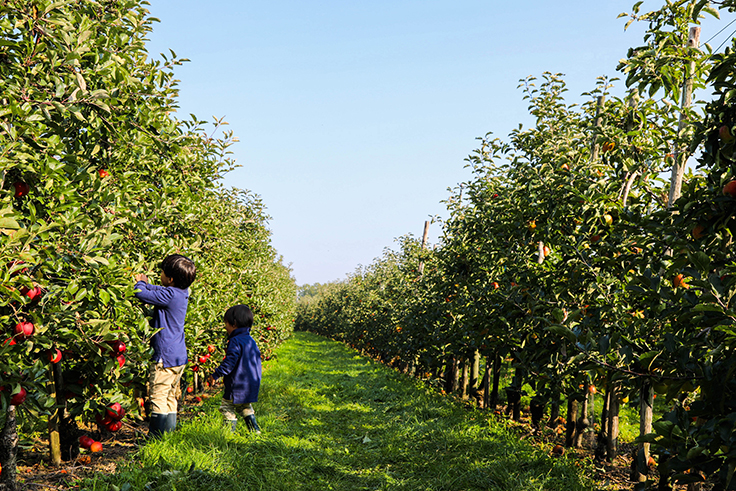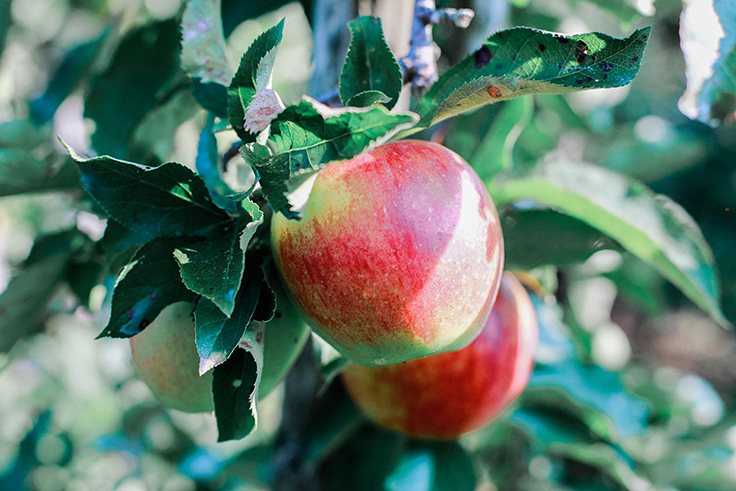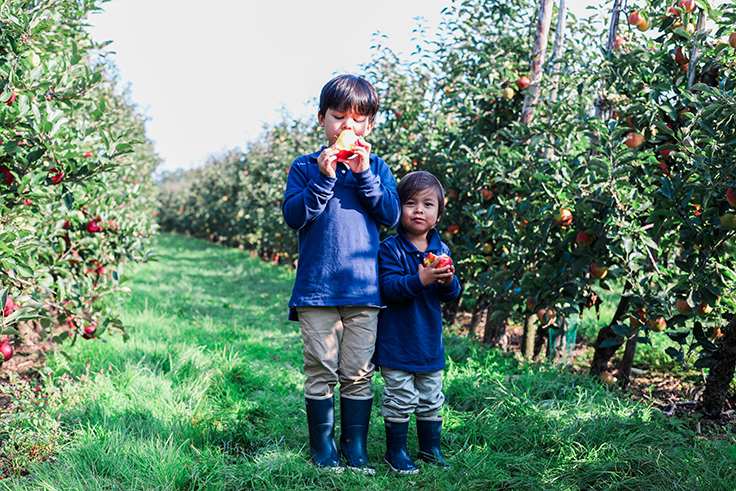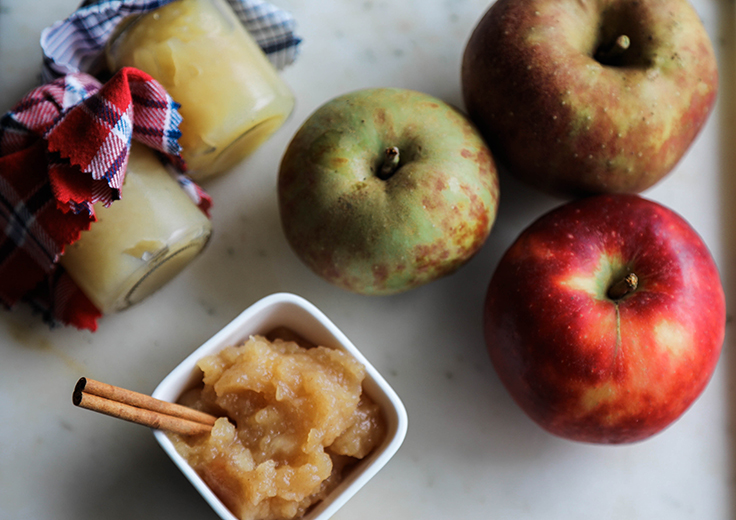
“Apple tree! Apple! said two-year-old Matteo as he pointed to his older brother Bram who was preoccupied with picking an apple. “Wow….”
We were in the middle of an apple orchard on what was a picture- postcard perfect sunny and warm autumn Sunday morning twenty minutes away from home. We even took the scenic route among the cows, horses, corn stalks, and polders to get there.
To our utter amazement, rather than violently shaking the tree and branches, our five-year-old Bram was doing what he was instructed to do by the farmers – twisting the apple gently and slowly in such a way that the branches and leaves stay intact. My husband and I couldn’t have been more proud.
We spent a good hour just watching the two transfixed by this cherished rite of fall, getting their hands and boots dirty on a simple mission to collect the perfect apple. It was also surprisingly peaceful despite having to jostle through the crowds at the parking lot and entrance. We had an undisturbed lane of apple trees ready for their fruit to be harvested all to ourselves. And at one point, all three of my boys – husband and two sons -were happily eating apples, savoring the taste of freshly plucked fruit straight from the branch.
Apparently, the custom of recreational apple picking in September isn’t a beloved family tradition among the Dutch passed on from generation to generation. At least, not according to my thirty-eight-year-old husband nor sixty-three-year-old Oma nanny. Apple picking seems to be a newly adopted tradition here in the Low Countries, possibly inspired by Americans, or the British.
This is quite surprising because apples and all the lovely, delicious treats they make with them – pies, cakes, beignets, sauces, and jams – are a quintessential part of Dutch cuisine and culture. Dutch-style pancakes aren’t complete without applestroop, a thick, dark, sugary and tangy spread make out of apples. They eat applesauce with everything! I suspect it’s because homemade applesauce is often one of the first foods Dutch babies sample, and never grow out of. And of course, there’s a rich tradition and history of apple cultivation in the Netherlands. Our family’s favorite apple variety and for many people around the world is Elstar, cultivated in the Dutch town of Elst in the 1950s.
My Dutch husband confessed that when I initially brought up the idea of going apple picking, he envisioned us working alongside farmworkers. As exhausted as he was from work and desirous of a slow, lazy Sunday morning, he thought it a great opportunity to show our boys the realities of farm life. He was afraid, however, that in reality, it would mean him doing most of the actual physical labor while I took pictures and the boys watched. To his amazement and relief, “apple picking” was a fun, relaxed and wholesome family experience that the boys could actively take part in.
We left with two full bags – one with Elstars and the other with Goudreinet, a great bargain for only €8 and eight kilograms (eighteen pounds). We have our hearts set on putting these farm-fresh apples to good use: homemade apple pies, apple cakes, applesauce, and plenty of apples to share with friends and neighbors.
We look forward to going apple picking every year from now on, come rain or shine.
Finding Dutchland’s Recipe for Dutch Appelmoes (Applesauce)
Ingredients
4 apples – peeled, cored and chopped
*Goudreinet apples are the traditionally favored ones among the Dutch. Any crisp and mildly tart variety will suffice.
1 cup of water
*add a little more water if necessary, especially in the end
2 cinnamon sticks
1/3 cup of white sugar
Directions
In a medium-sized saucepan, combine apples, water, sugar, cinnamon sticks.
Cover and cook over medium to low heat for about 20 to 30 minutes, or until apples are soft.
Allow to cool and remove cinnamon sticks. If you prefer it soft and creamy, use a food processor or potato masher. If you like it with a bit chunky, it’s ready straight from the pan.
Enjoy!




